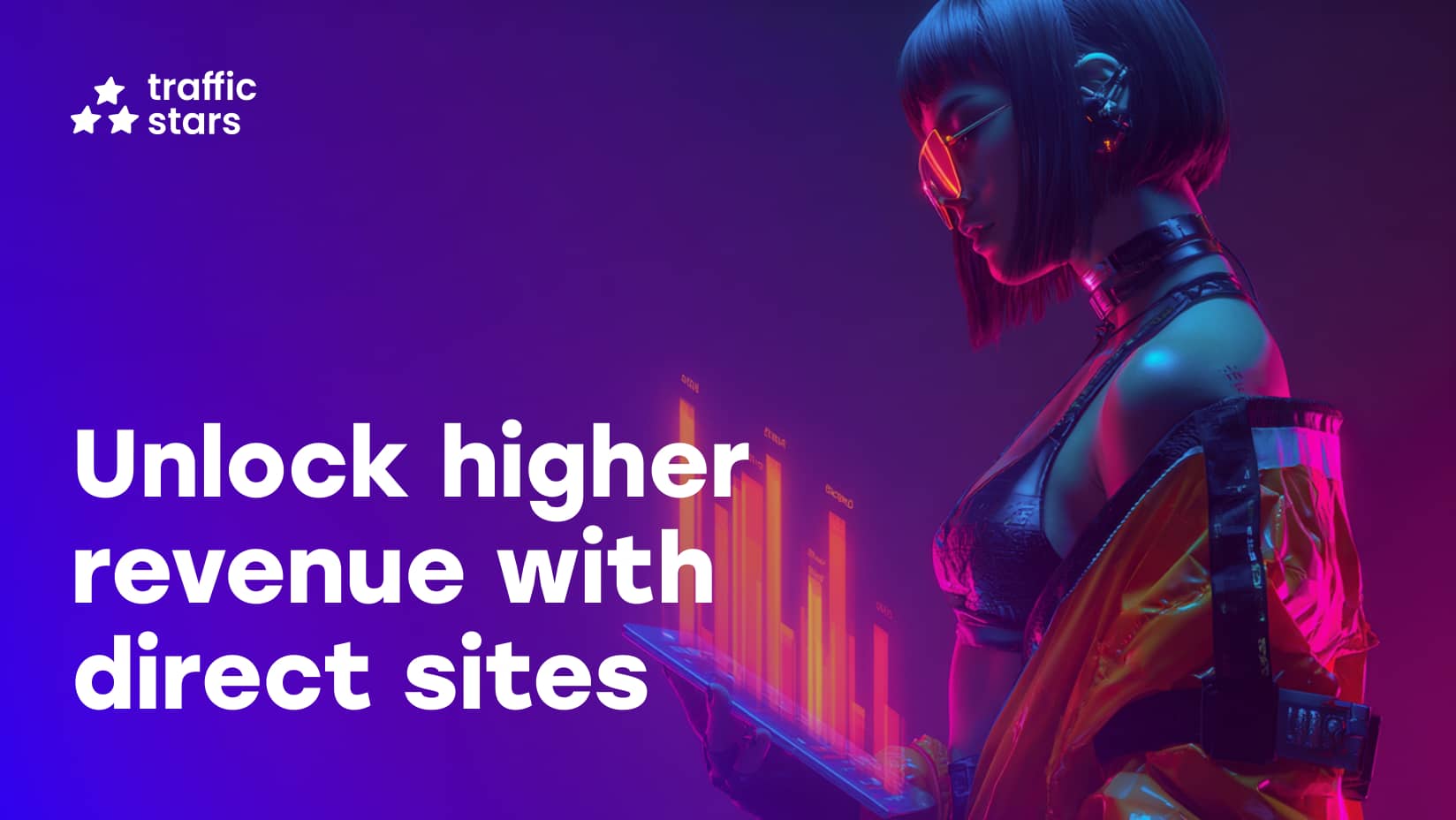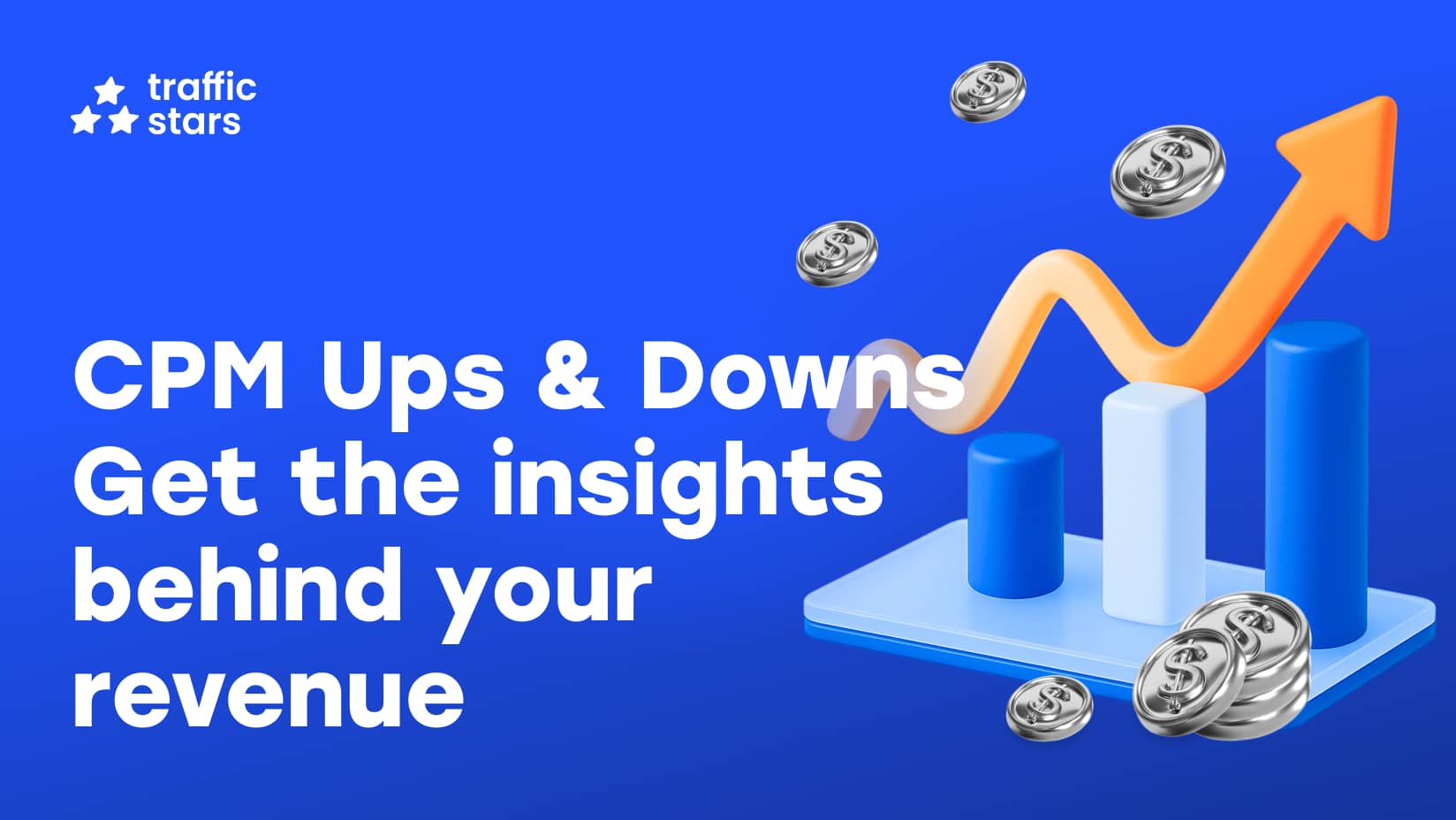
Have you ever noticed fluctuations in your earnings — even when your traffic stays steady? You’re not alone. Many publishers experience this, and the reason often comes down to how their site is classified and how advertisers perceive its transparency. In this article, we’ll show you how to monetize a web site more effectively, understand what affects CPMs, and how a simple setup change can dramatically boost your revenue.
Why Your Setup Matters When You Monetize a Site
In the beginning, one of our publishers was sending all traffic under a single “Network” category — grouping together multiple websites of varying quality. Some had great engagement and direct audiences, others performed below average.As a result, all traffic was treated as “network traffic” rather than direct site traffic. This setup made it much harder to monetize site traffic effectively, because advertisers:
- Couldn’t see which exact website their ads appeared on
- Lacked transparency and brand-safety control
- Had no insight into traffic quality or placement
- Hesitated to compete for impressions
Initial Setup: All Traffic Marked as “Network”
Originally, the publisher was sending all traffic under a network category, combining several websites into one network – from large sites with high-quality traffic to smaller or lower-performing ones. As a result, all traffic was categorized as “network” instead of “direct site.” This significantly reduced interest from top advertisers because:
- Advertisers couldn't see which exact site the traffic was coming from
- They had no visibility into where their ads were being displayed
- There was no control over ad placement or competition on the site
- The quality of traffic was mixed, making it less predictable
This lack of transparency led to lower trust, limited demand, and ultimately, reduced CPMs and overall revenue.
What We Suggested
We advised the publisher to separate one of his top-performing, high-quality websites from the network as a direct site.
The site in question had stable direct traffic, a strong reputation, and was ideal for premium and brand-sensitive advertisers.
Transparency = Higher CPMs
This case perfectly illustrates a core principle for publishers who want to monetize site traffic effectively:Transparency builds trust → Trust attracts premium advertisers → Premium demand increases CPMs. If you operate several websites, consider separating your best ones and registering them as direct sources. This allows advertisers to see exactly what they’re buying — and pay accordingly.
What Changed After the Split
Once the site was separated and reclassified as a direct source, advertisers:
- Could clearly see the exact site where their ads were being served
- Gained confidence in the transparency and quality of the inventory
- Were more willing to invest in a known, controlled environment.
As a result:
- The number of active advertisers increased
- CPMs rose significantly due to higher competition for quality inventory
- Revenue jumped by 80%, compared to when the site was part of the broader network
Key Takeaway
This case demonstrates how site classification – "direct" vs "network" — can dramatically impact monetization:
- Transparency builds trust
- Trust brings premium demand
- Premium demand drives higher CPMs and revenue
For publishers:
If you’ve ever asked yourself “How can I monetize my site more effectively?” — the answer lies in clarity and strategy. By separating high-performing websites, increasing transparency, and aligning with seasonal advertiser trends, you create a setup that consistently attracts premium demand. With TrafficStars, you can easily monetize your site — whether desktop or mobile — through high-quality formats, automated optimization, and access to global advertisers.
Start today: connect your site, enable transparency, and turn every impression into revenue.




